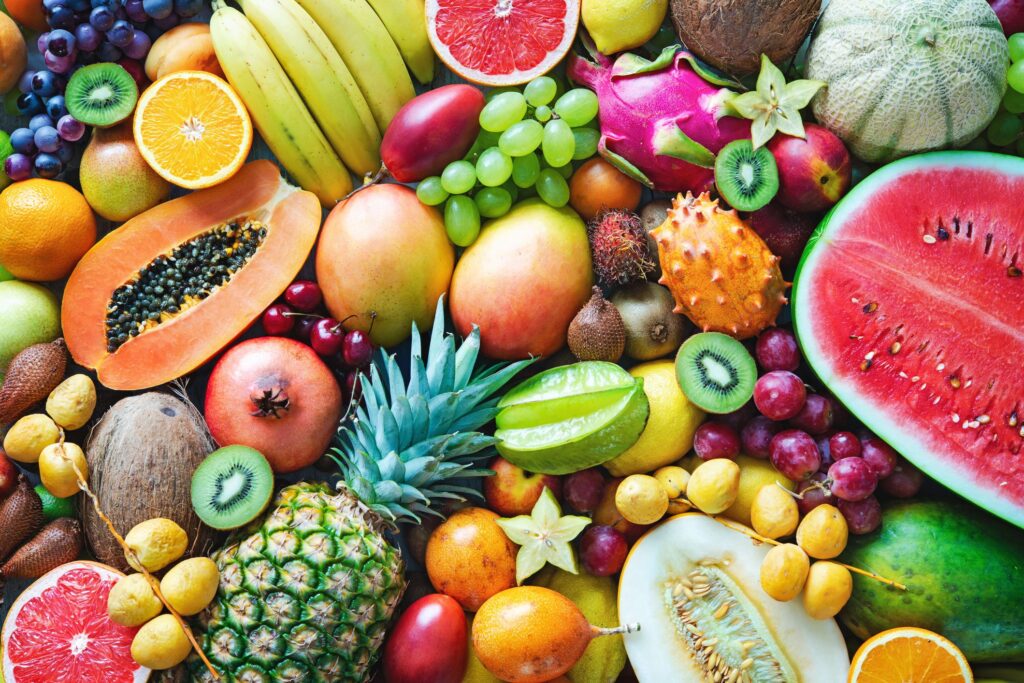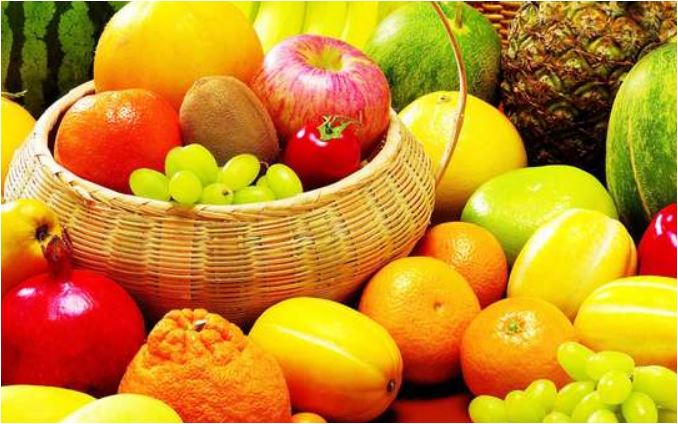How much water should one drink in a day?
Water must be drunk only after one and a half to two hours of eating food because, after digestion of food, it gets converted into juice. After this juice reaches the small intestine, it is absorbed in the blood and this juice cannot be absorbed if there is no water there. Drinking water immediately after food and immediately before food is like poison.

Drink lukewarm water
Drink lukewarm water because the temperature of our digestive system is 37 degrees Celsius. If we drink cold water, then our stomach and digestive system will have to take extra blood from any of the nearby organs to warm it up to 37 degrees Celsius again. As a result, the organ that sends blood more often, that organ (heart, intestine, kidney etc.) will become weak and related diseases will occur. You can drink water from an earthen pot in summer.
Do not drink water while standing
Do not drink water while standing, drink it while sitting and drink sip by sip because when we swallow solid food, it is slowly carried from the mouth to the stomach by a peristaltic movement. It does not fall from the mouth into the stomach with a thud. But when the water goes from the mouth to the stomach, there is no one to stop it, it falls like a waterfall falling from the mountain to the ground. Similarly, if we drink water while standing, the stomach tightens the diaphragm to withstand its impact.
If we keep drinking water like this again and again, then we will have diseases like hernia, piles, prostate, and arthritis.
The amount of water one should drink in a day can vary depending on factors such as age, sex, weight, activity level, and climate. However, a common recommendation is to aim for about 8 glasses of water a day, which is roughly equivalent to 2 litres or half a gallon. This is often referred to as the “8×8 rule.”
However, individual hydration needs may vary. Some people may require more water, especially if they are physically active, live in hot climates, are pregnant or breastfeeding, or have certain medical conditions.
A good way to gauge your hydration status is to listen to your body and drink water when you feel thirsty. Additionally, paying attention to the colour of your urine can provide clues about your hydration level. Clear or pale yellow urine usually indicates adequate hydration, while dark yellow urine may indicate dehydration.
It’s important to note that water intake can also come from other sources such as fruits, vegetables, soups, and beverages like tea and coffee. So, while aiming for 8 glasses of water a day is a good general guideline, it’s also important to listen to your body’s thirst signals and consume fluids throughout the day to stay properly hydrated.



